
Nature
Landscape
The main value of the Lahemaa National Park is its great landscape, natural and cultural diversity. This part of the coastal area is rich in peninsulas and bays, the largest being Juminda, Pärispea, Käsmu and Vergi peninsulas with their northwest-southeast direction. The bays have versatile bottom relief, are generally deep and there are plenty of submerged rocks and islands. The larger islands near the coast are Mohni, Hara, Haldi, Alvi, Saartneem and Kasispea.
The most spectacular terrain feature of Lahemaa is the clint, which separates the coastal lowlands from limestone plains. Typically, the landscape of Lahemaa National Park has numerous large boulders and an exceptionally dense piles of stones, which make Lahemaa unique also among other national parks.
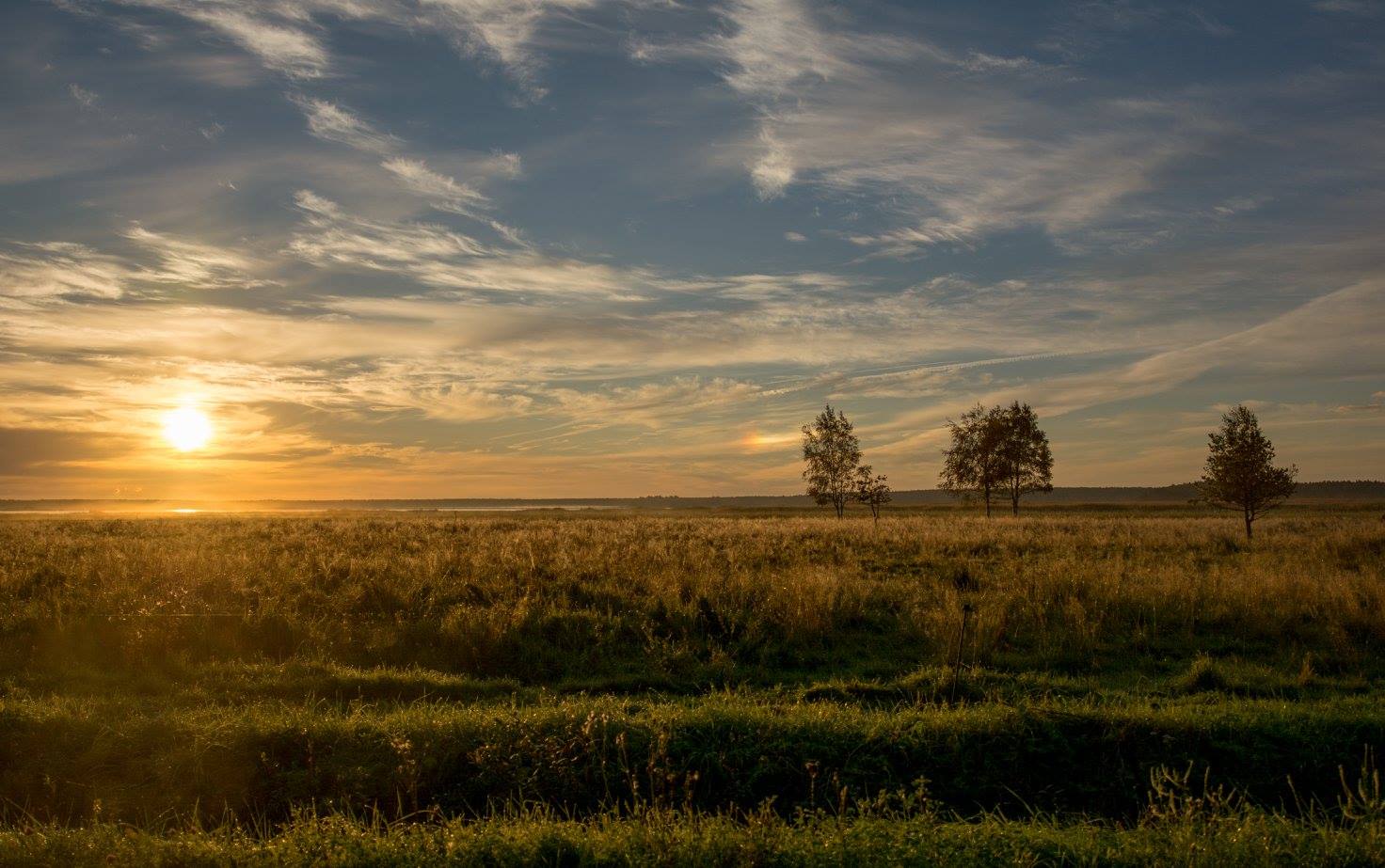
Landscape of Vihasoo. Photo: Pille Kosk
Rivers and lakes
Lahemaa National Park is crossed by seven rivers and a number of smaller streams. The largest of them are Loobu and Valgejõgi. Falling from the clint terrace, the rivers form waterfalls and cascades, of which the most magnificent ones are the Nõmmeveski waterfall and the Joaveski cascade. The largest lakes are the Kahala, Käsmu and Lohja lakes. There are almost 150 springs.
The lakes in front of the clint are coastal lakes, separated from the sea by coastal formations and post-glaciation elevation of the ground surface. A good example of this are saltwater lakes Maalaht and Ulgulaht northwest of the Viinistu village. Both are connected to each other and to the sea through a narrow stream and may sometimes be dry.
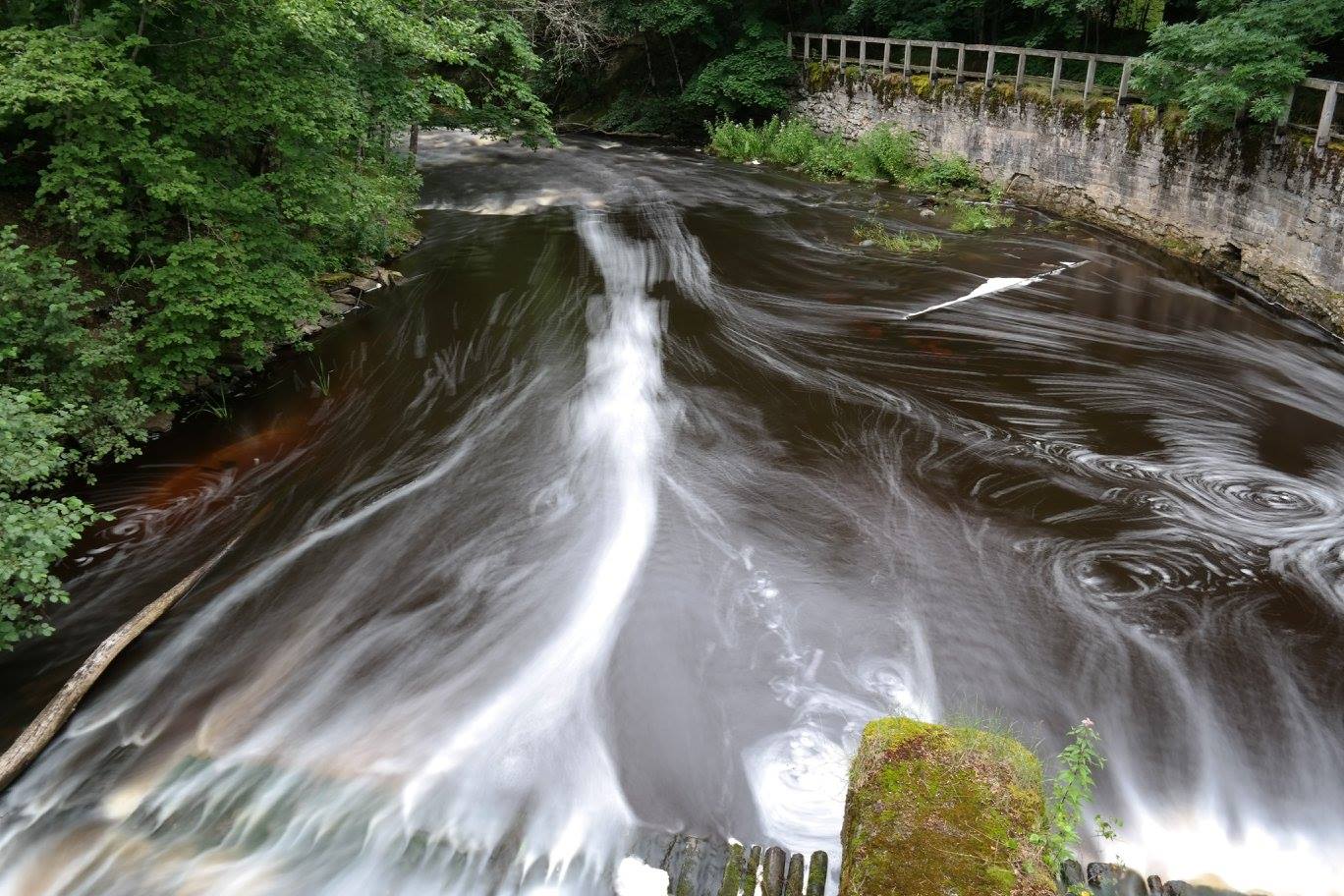
Valgejõgi River at Nõmmeveski. Photo: Mihkel Palmi
Forests
Forests cover an estimated 34,400 ha of Lahemaa Nature Reserve, accounting for about 73% of the land area of the nature reserve. The most common forest types in Lahemaa are oligotrophic, oligo-mesotrophic and mesotrophic boreal forests. About 15% of the forests in the Lahemaa National Park are swamp forests. Large part of it are wetland swamp forest that show fairly extensive human activity in terms of changing the natural water regime and forest management. Wood species are dominated by common pine (Pinus sylvestris) that cover 61.1% of the area of Lahemaa forests. The second is spruce, which covers 19.4% of the forest area.
Forest habitats in the nature conservation area of Lahemaa include ancient forests, old broad-leaved forests, spruce forests rich in herbs, wooded grasslands, wetland forests, terrace forests, transitional wetland and oligotrophic paludifying forests, and floodplain swamp forests.
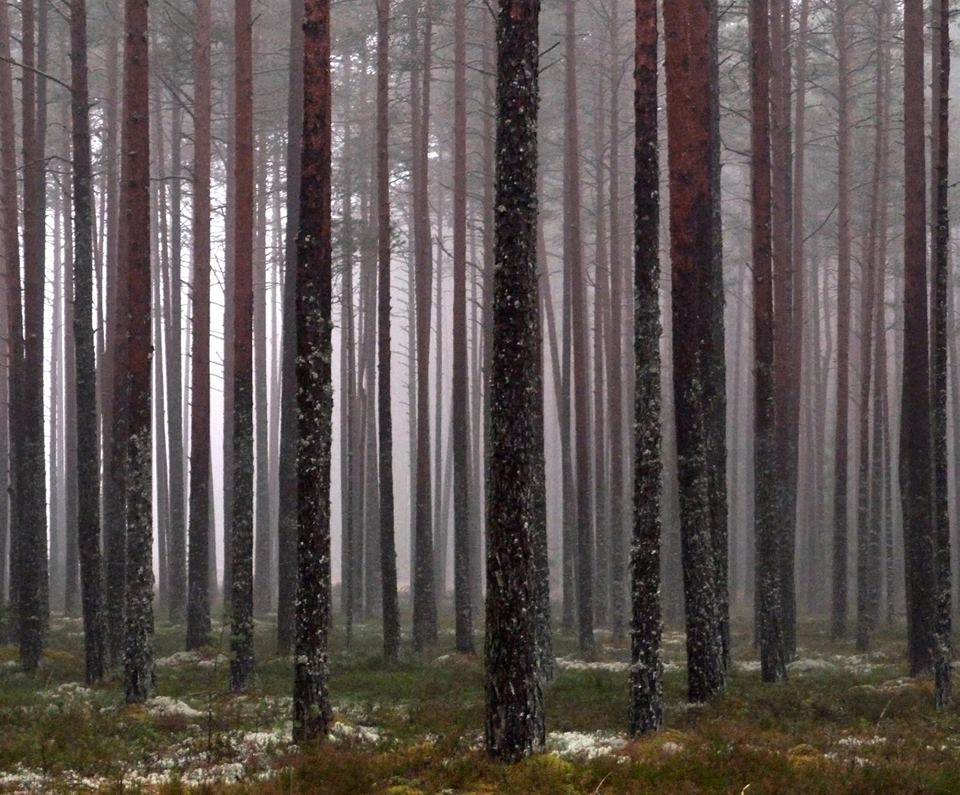
Heath forest. Photo: Pille Kosk
Grassland
There are about 2,500 hectares of semi-natural communities in the national park, which makes up 5.3% of the land area of the natural area. Approximately half are different types of meadows growing on mineral soil, including oligo-mesotrophic meadows. Alvar grassland is found mainly around Palmse-Vihasoo and Muuksi on around 360 hectares (14.4% of semi-natural biotic communities). Floodplain grassland is represented on the shores of Valgejõe, Loobu River and Mustoja on 240 hectares (9.6%). The area under coastal grasslands is roughly similar. Coastal grassland habitats are also represented by woody meadows, pasture meadows, woody pastureland and junipers.
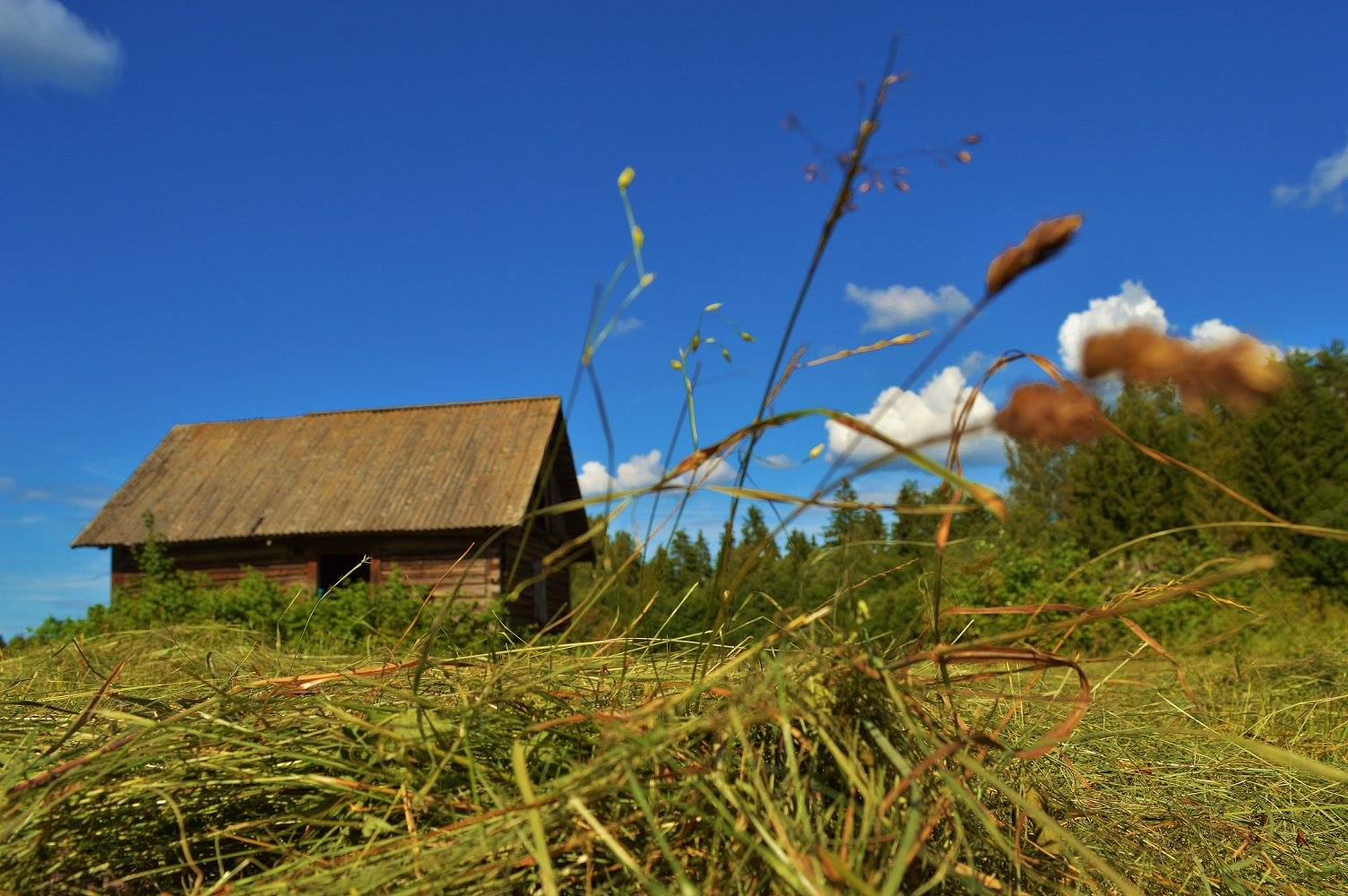
Grassland in the summer. Photo: Kristjan Pärnamäe
Bogs
Bogs make up approximately 3,425 hectares of the Lahemaa National Park, representing 4.6% of the area (7.3% of the land of the nature area). Hara and Aabla bogs, located in front of the clint, have been formed by the growth of lagoons/lakes after their separation from the sea. The abundant nature of the Lahemaa National Park is usually characterized as a result of the bogging of coastal ridges of different ages represented by migratory bogs or marshlands. Individual lowlands are the result of the former lakes and lakes, where the lime quartz clay is near the ground. Kahala's swamp, located on the edge of the clint, is located in the basin of the Joldiamere Lagoon, surrounded by the lake by the same name. The Viru moor is located in the basin located in NW direction of the lagoon of the former Litorina sea. Uuemõisa, ie Vanasilla bog and Laukasoo are located on a flat basin north of the Viitna-Valgejõgi zone of edge formations.
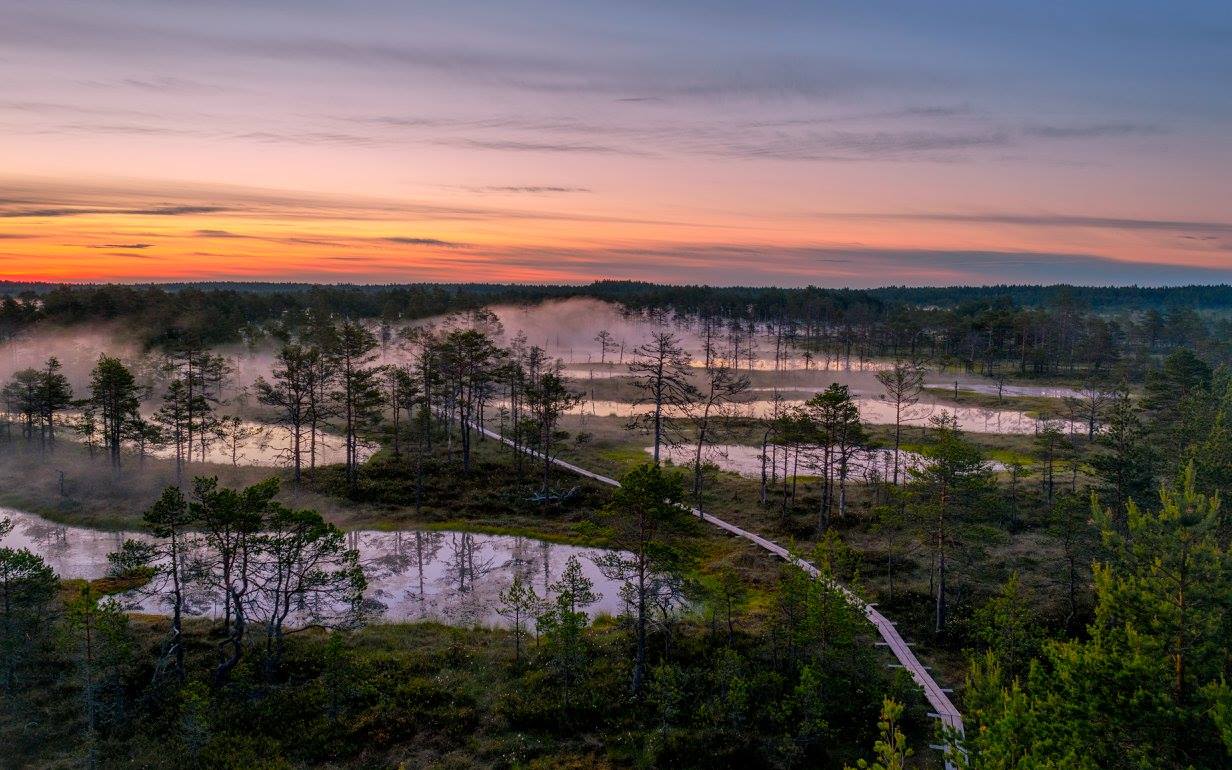
Viru bog. Photo: Urmo Paju
Vegetation
44 protected plant species have been found in Lahemaa. Over the years, 307 species of mosses and 398 species of lichen have been recorded, including 12 and 21 protected species, respectively. The most prominent species are perennial honesty (Lunaria rediviva), common spotted orchid (Dactylorhiza fuchsii), beach pea (Lathyrus maritimus) and breach rose (Rosa rugosa) Sandy beaches are covered with the uniform yellow-green carpet of seaside sandplants (Honckenya peploides). In May and June the Anemone sylvestris blossoms on the calcareous soil of alvars. One of the rarest local plants is Siberian lettuce (Lactuca sibirica). Lahemaa is also one of the locations for Rubus arcticus in Estonia.
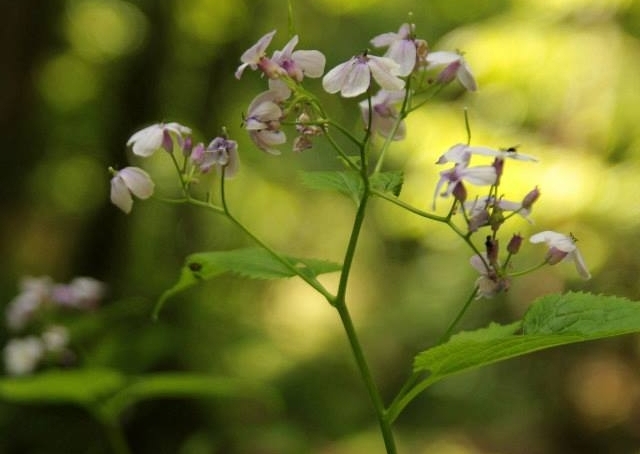
Perennial honesty. Photo: Riina Kotter
Fauna
Throughout ages, 222 bird species have been recorded in Lahemaa, making the area a prominent bird conservation area. There are eight mammalian communities with nearly 50 species in the Lahemaa National Park. In the case of invertebrates, Lahemaa is a habitat to a very rare species in Estonia, the freshwater pearl mussel.
Of small mammals, Lahemaa has records of common shrew, squirrel and Northern birch mouse, of larger mammals one should mention mountain hare, European pine marten, European badger, fox, wolf, roe-deer and elk. Relatively new and re-settled inhabitants are wild bore and beavers. Of foreign species, musk rat and raccoon dog arrived in the area after World War II. Occasional guests included the while whale in 1985 and probably also wolverine in 1995. It's believed that red deer arrived in Lahemaa from Lääne-Viru county.
Of bats flying above Lahemaa water bodies, one can find pond bat, Daubenton’s bat and Brandt’s bat. In the parks, one can discover common noctule and in open areas long-ear bat and northern bat. Of mammals, the only permanent inhabitant of coastal waters of the Lahemaa Bay is ringed seal.
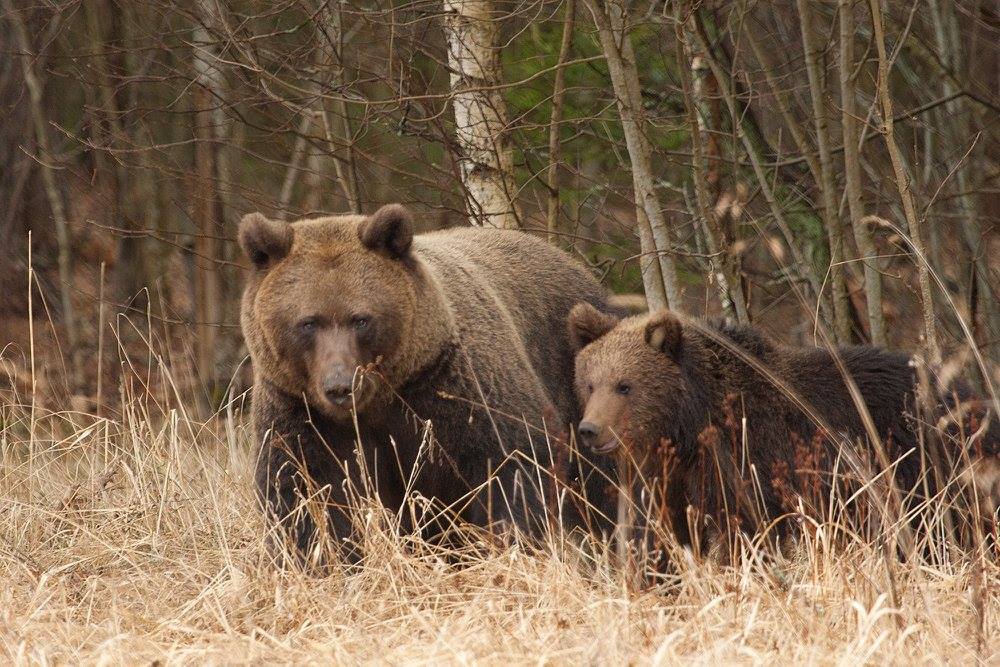
Brown bear. Photo: Raimond Raadik